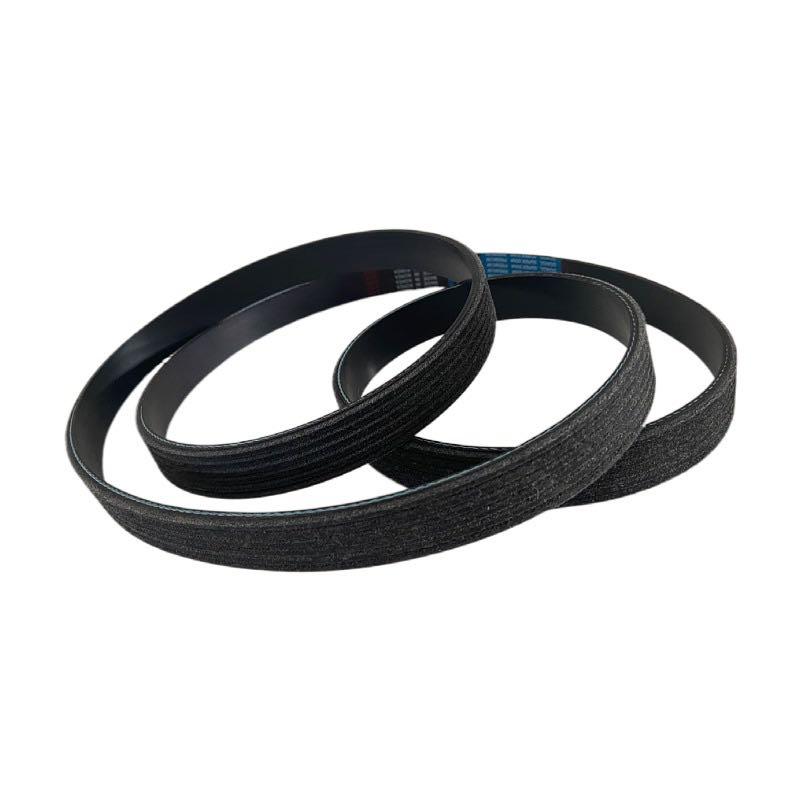- Arabic
- French
- Russian
- Spanish
- Portuguese
- Turkish
- Armenian
- English
- Albanian
- Amharic
- Azerbaijani
- Basque
- Belarusian
- Bengali
- Bosnian
- Bulgarian
- Catalan
- Cebuano
- Corsican
- Croatian
- Czech
- Danish
- Dutch
- Afrikaans
- Esperanto
- Estonian
- Finnish
- Frisian
- Galician
- Georgian
- German
- Greek
- Gujarati
- Haitian Creole
- hausa
- hawaiian
- Hebrew
- Hindi
- Miao
- Hungarian
- Icelandic
- igbo
- Indonesian
- irish
- Italian
- Japanese
- Javanese
- Kannada
- kazakh
- Khmer
- Rwandese
- Korean
- Kurdish
- Kyrgyz
- Lao
- Latin
- Latvian
- Lithuanian
- Luxembourgish
- Macedonian
- Malgashi
- Malay
- Malayalam
- Maltese
- Maori
- Marathi
- Mongolian
- Myanmar
- Nepali
- Norwegian
- Norwegian
- Occitan
- Pashto
- Persian
- Polish
- Punjabi
- Romanian
- Samoan
- Scottish Gaelic
- Serbian
- Sesotho
- Shona
- Sindhi
- Sinhala
- Slovak
- Slovenian
- Somali
- Sundanese
- Swahili
- Swedish
- Tagalog
- Tajik
- Tamil
- Tatar
- Telugu
- Thai
- Turkmen
- Ukrainian
- Urdu
- Uighur
- Uzbek
- Vietnamese
- Welsh
- Bantu
- Yiddish
- Yoruba
- Zulu
ag. . 08, 2024 05:15 Back to list
Understanding the Importance of the Automotive Fan Belt in Your Vehicle's Cooling System
Understanding the Importance of Automotive Fan Belts
The automotive fan belt, often referred to as the serpentine belt, plays a crucial role in the efficient functioning of a vehicle's engine. This seemingly simple component is responsible for driving various accessories, including the alternator, power steering pump, water pump, and air conditioning compressor. Understanding its function, maintenance, and potential issues can help vehicle owners keep their cars running smoothly.
What is a Fan Belt?
The fan belt is a rubberized belt that connects multiple components of the engine, allowing them to work in harmony. The modern serpentine belt is a single, continuous belt that wraps around several pulleys, making it more efficient and easier to replace than the older V-belts. This component is essential for converting the engine's mechanical energy into the power needed to run these accessories.
Functionality
As the engine runs, the crankshaft spins, which in turn drives the fan belt. This movement powers the alternator, which generates electricity for the vehicle’s electrical systems. It also aids the power steering pump, helping ensure smooth steering while driving. Perhaps one of its most critical functions is driving the water pump, which circulates coolant throughout the engine to prevent overheating. Furthermore, in vehicles equipped with air conditioning systems, the fan belt powers the compressor, allowing the vehicle to maintain a comfortable temperature even on the hottest days.
Signs of Wear and Tear
automotive fan belt

Like all automotive components, fan belts are subject to wear over time. Common signs that your fan belt may need replacement include a squeaking or chirping noise, visible cracks or fraying, and a decrease in the performance of the accessories it drives. If the belt snaps, it can lead to severe engine damage or overheating, making it imperative for vehicle owners to monitor their condition.
Maintenance
Regular maintenance checks are essential for ensuring the longevity of the fan belt. It’s advisable to inspect the belt for any signs of wear during routine oil changes or vehicle inspections. Many manufacturers recommend replacing the serpentine belt every 60,000 to 100,000 miles, but this can vary depending on the make and model of the vehicle. Drivers can also take preventive measures by ensuring that the engine is properly aligned and that the pulleys are functioning correctly, as misalignment can cause premature wear.
Replacement Process
Replacing a fan belt is a straightforward process for those with basic mechanical skills, but it can vary depending on the vehicle. Typically, it involves loosening the tensioner pulley to relieve tension on the belt, removing the old belt, and carefully routing the new one according to a diagram often found in the vehicle’s service manual. It’s crucial to ensure that the new belt is correctly aligned with all pulleys to avoid future issues.
Conclusion
In conclusion, the automotive fan belt is a vital component that should not be overlooked. Regular inspections and timely replacements can prevent more significant problems down the road, saving vehicle owners both time and money. Understanding the role of the fan belt and recognizing the signs of wear can contribute significantly to a vehicle's longevity and reliability. By prioritizing maintenance, drivers can ensure that their vehicles continue to perform optimally through various conditions.
-
Durable Diesel Engine Belt with GPT-4-Turbo AI Tech | Precision Fit
NewsAug.04,2025
-
High-Quality Tensioner Belt Pulley - Durable & Efficient
NewsAug.03,2025
-
Premium Timing Belt Factory | AI-Optimized Solutions
NewsAug.02,2025
-
Premium Custom V Belts Enhanced with GPT-4 Turbo AI
NewsAug.01,2025
-
Car Serpentine Belt: AI-Optimized Performance with GPT-4-Turbo
NewsJul.31,2025
-
Heat Joining Drive Belt | High-Durability Fusion Solution
NewsJul.31,2025

